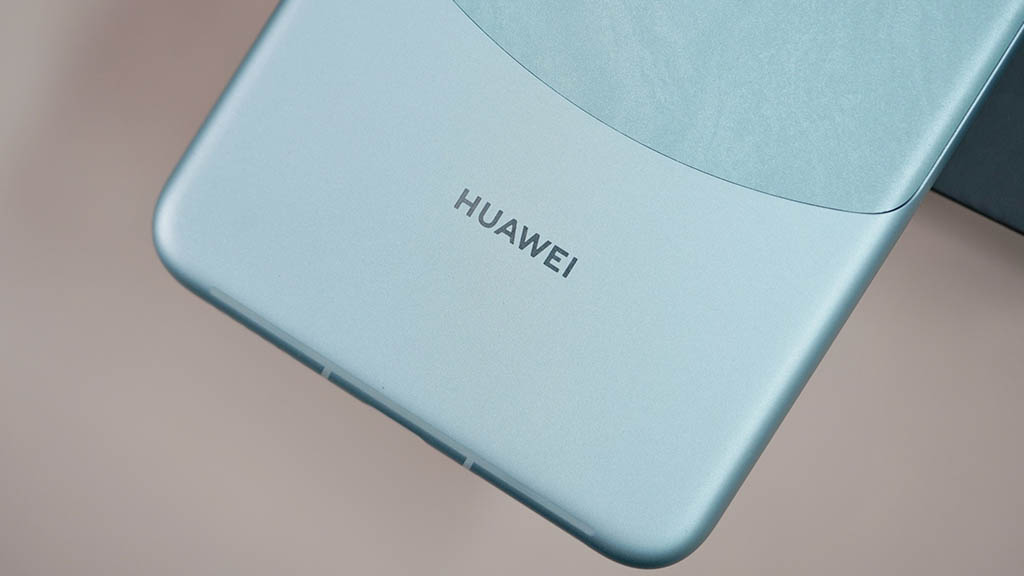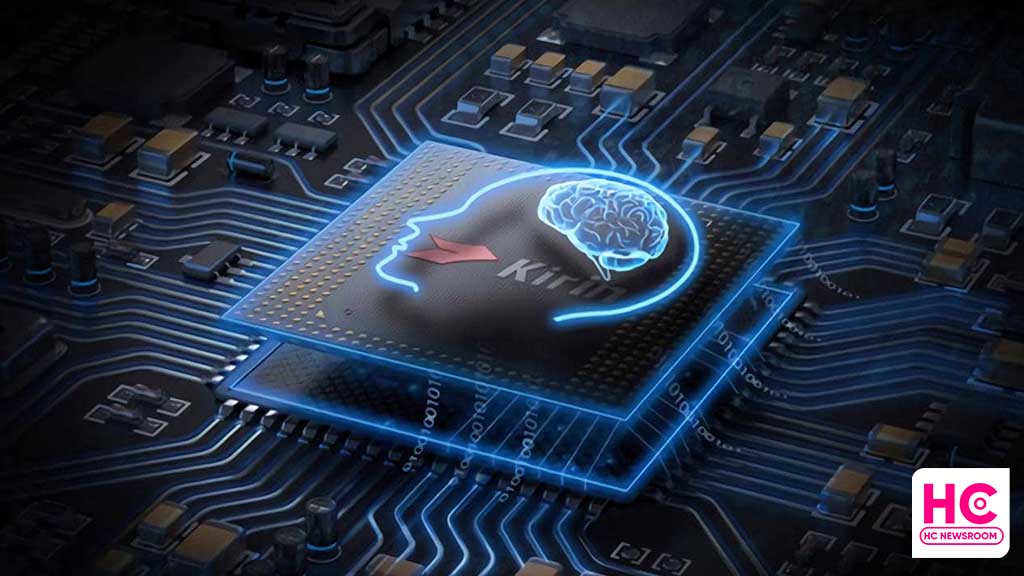Huawei
How far behind Huawei chip as compared to advanced players?

The launch of the Huawei Mate 60 series marks a breakthrough in the Chinese mobile chip industry but people are saying that the chip is made with old processing technology. In that regard, there is some information, that may give the idea about how far behind Huawei currently is from advanced chip-making rivals.
In an interview with China’s CCTV, TechInsights Vice Chairman Dan Hutcheson praised the technological achievement of the Huawei Kirin. However, he also shared that Huawei still has a 2-2.5 node gap as compared to the current generation of chip processing technology.
Talking about this 2-2.5 nodes gap, this could measure the difference of 3 to 5 years in a 5G integrated chipset with advanced processing technology. The research and development of each node takes about a year and more to mature and move on to the next stage.

Currently, industry veterans including TSMC are printing 4nm semiconductors for the likes of Apple and Qualcomm. Looking at Huawei’s own Kirin 9000 chipset, which is also a 5nm processor.
Advanced node is the key to achieving high-performance output. Yet, Chinese industry analysts believe that Huawei could reduce this node gap with continued research and development. The early benchmark shows that the new chip is highly competitive against some of the 5nm chips (read more here).
Currently, the Chinese semiconductor industry officially achieved 14nm and above level of technology. However, the sudden arrival of 7nm tech is surprising everyone. Going forward, Huawei will require a lot of effort to achieve new levels in chip manufacturing.






